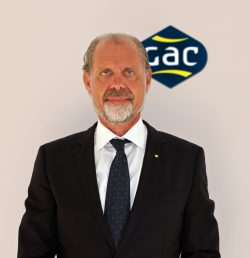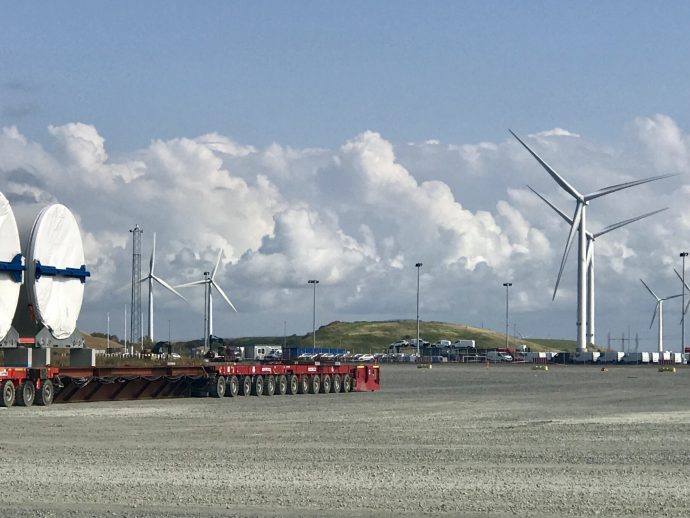Offshore expertise
GAC has been involved in offshore development projects including oil & gas activities for several decades, and that experience and expertise are now being adapted to offshore renewables projects which require similar support.
An offshore project typically requires a host of services and assets, from agency, husbandry, bunkering to vessels through to multi-modal freight, warehousing, anchor handling and more. And as a single source provider of integrated solutions, GAC is able to provide customised services to meet clients’ needs.
This puts GAC in a good position to both support and propel the global sustainability drive worldwide as the number of countries working to take advantage of offshore wind opportunities continues to grow.
Connecting opportunity with expertise
"As one of the world's largest providers of integrated shipping, logistics and marine services, GAC has ongoing projects globally from Europe, North Sea to Americas and Asia,” shares Erland.
GAC has been supporting Europe’s sustainability aims with its bedrock of agency and logistics services for years. In the UK, GAC has serviced vessels involved in geophysical surveys and the installation of wind turbines, substations, jackets and suction anchors.
The expertise gained there is being transferred and applied to other offshore wind projects in the North Sea and Northern Europe, as well as other parts of the world.





